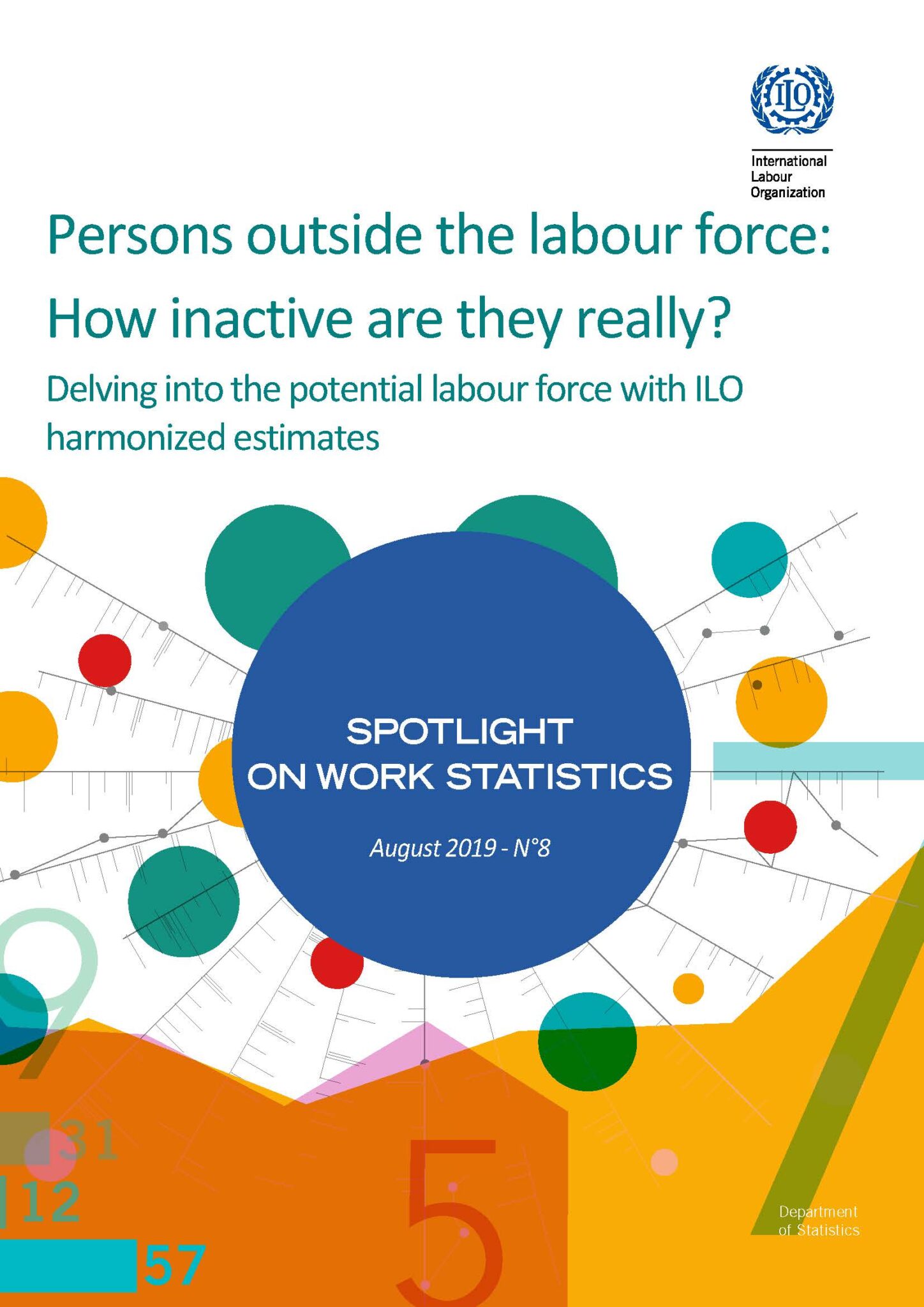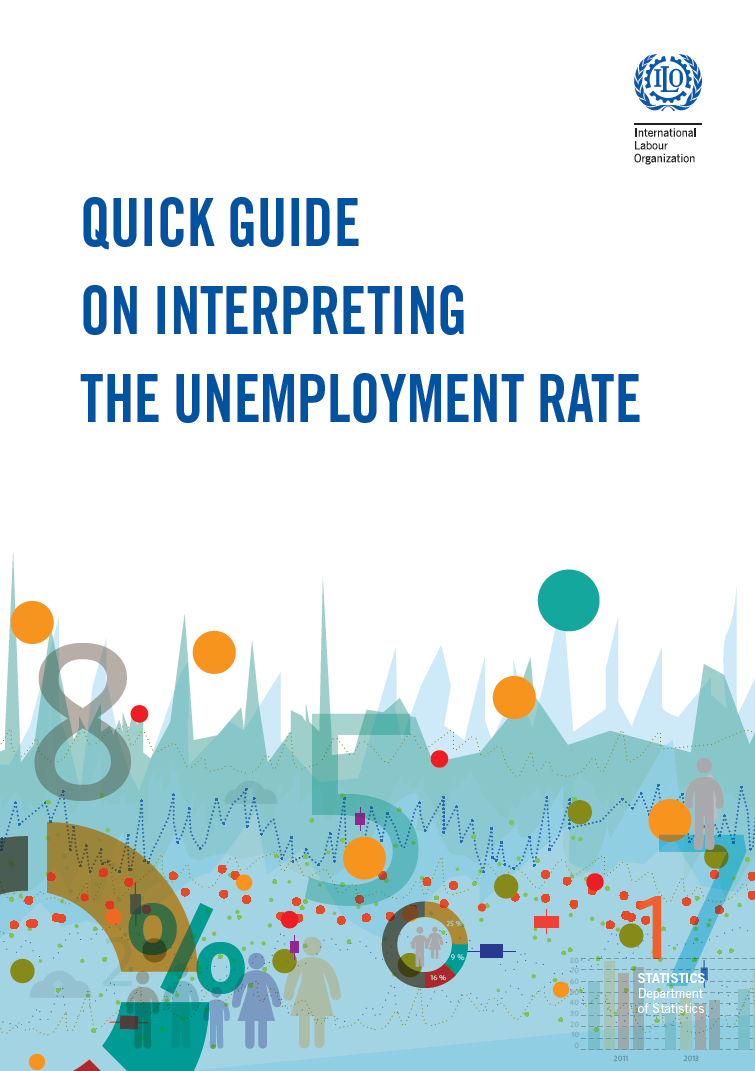
Persons outside the labour force: How inactive are they really?
Inactivity rates are increasing around the world, while the global population and labour force are ageing. But the inactivity rate is an aggregate measure overlooking the different profiles of people outside the labour force. This Spotlight on Work Statistics explores the characteristics of the potential labour force, made up of persons outside the labour force with an attachment to the labour market.
Persons outside the labour force: How inactive are they really? Read More »








